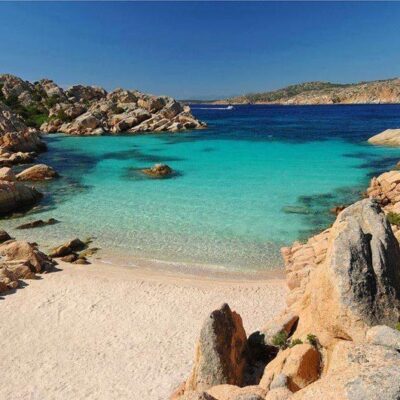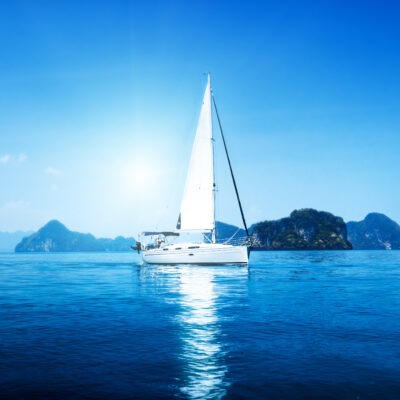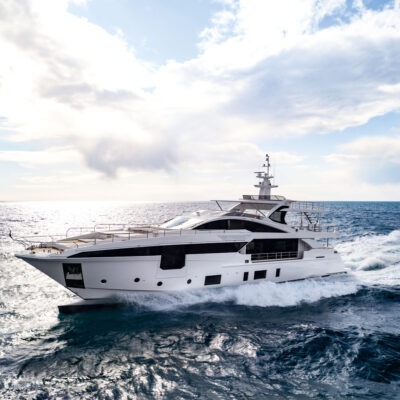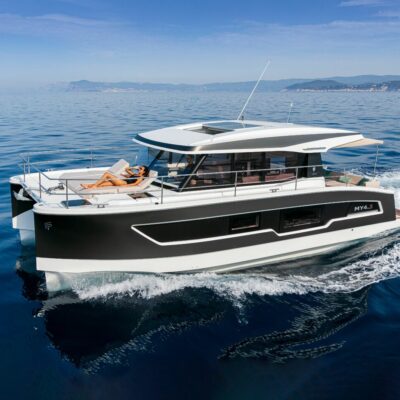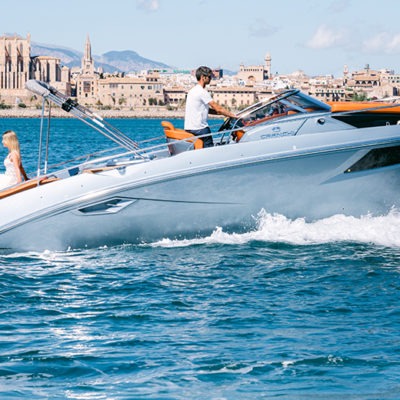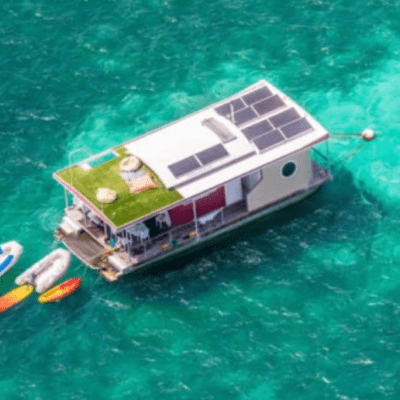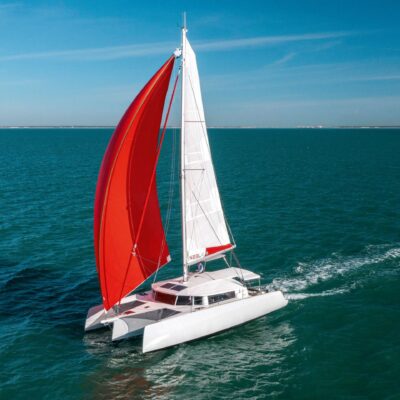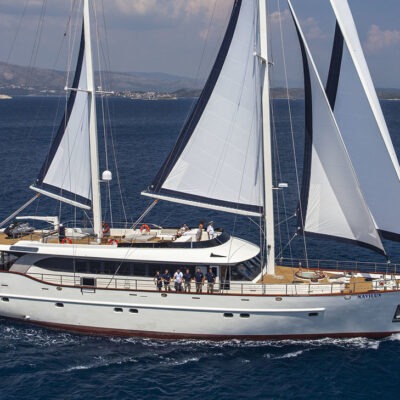Naples – Amalfi Coast – Salerno

Naples is the largest city in southern Italy, the capital of the Campania region. The city is located halfway between two active volcanic areas, Mount Vesuvius and Campi Flegrei. Earthquakes are common due to the geology of the area. Frequent eruptions of Mount Vesuvius have endangered the city several times throughout history, however, due to active volcanism, the city has many thermal springs.
The largest city in southern Italy, Naples has one of the world’s largest historic centers and is famous for its UNESCO World Heritage status
The Amalfi Coast stretches south of Naples, in the northern part of the Gulf of Salerno. The view of the sea from the steep coast, and the view of the 1400 m high mountains in the area enchants the visitor. The exceptional beauty of the landscape has been a theme since ancient times, although for centuries it was only accessible from the sea or on foot.
Centro Storico
Located between Piazza Garibaldi and Piazza Plebiscito, the old, historic city center is full of medieval and Roman monuments.
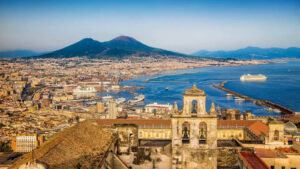
Duomo
The Duomo is the huge, beautiful cathedral of Naples. It was built in the 14th century, but after being damaged in an earthquake in the 17th century, it was rebuilt in Baroque style.
Naples Sotterranea
The “Naples underground” is a system of caves beneath Naples old town. From here we can take an interesting tour of the underground world of tunnels, aqueducts, canals, mine trenches and catacombs.
Pompeii
Pompeii and Herculaneum in the Gulf of Naples were destroyed by the eruption of Vesuvius. A significant portion of Pompeii’s 20.000 residents died when the city was buried under lava, mud and dust and then they were conserved.
In the 18th century traces of the forgotten city were discovered, with a number of corpses preserved in very good condition, which were still in a position below the strata in which they had once fought for their lives.
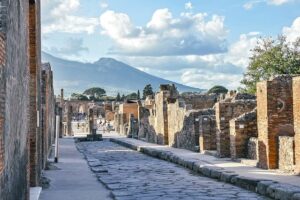
Salerno
The area was probably already inhabited in prehistoric times. It became an administrative center during the reign of Emperor Diocletian.
The outer part of the cathedral, its courtyard is quite unique and interesting, especially with its four rows of columns and lion gate, it is worth seeing.
Since the city does not have sensational tourist attractions, there are not many tourists, but the atmosphere is pleasant, authentically southern Italian, and almost everything is cheaper than on the trendy Amalfi Coast.
Positano
There are no exact data on the origin of the settlement. Its name probably comes from the Latin word pausa, which means resting place.
The city is truly magical. The colorful houses, the steep streets in the narrow gorge, the buildings leaning on each other and the beautiful sea are such a dreamlike location that they inspired several famous film directors – for example, the scenes of Under the Tuscan Sun were filmed here.
Capri
The island of Capri is located in Italy, in the southern part of the Gulf of Naples. Thanks to its pleasant climate, it was already a popular resort in Roman times. The main attractions of the island of Capri are the Faraglioni rocks protruding from the sea, as well as the famous Blue Cave. One of the most fashionable vacation spots in the modern world, it is an essential pilgrimage site for tourists visiting Naples.
Amalfi
The largest and one of the most popular towns on the Amalfi Coast, it is accordingly crowded and expensive. The atmosphere of Amalfi is defined by its wonderful natural surroundings, the narrow, winding, steep streets of the city, the cliffs and white rock walls, and the lush southern vegetation. The town lies at the foot of Monte Cerreto, which is 1315 meters high.
Weather:
It has a typical Mediterranean climate: mild winters and hot summers. Most precipitation falls in November, December and in March, April.
Wind:
There is a regular southwesterly breeze in the late morning until early evening during the summer. In the fall, winds can pick up and the swell can be heavier in the bay.
General:
The language spoken is Italian.
Citizens from countries outside the European Union are required to present a passport valid for at least three months beyond the intended stay in Italy.
Banking:
The currency is the EURO (EUR).
MasterCard and American Express are widely accepted but you may be charged a service fee if you pay by card.
Internet:
Getting online is easy with plenty of Wi-Fi spots across independent cafes and restaurants.

 Ask for a free consultation
Ask for a free consultation 

